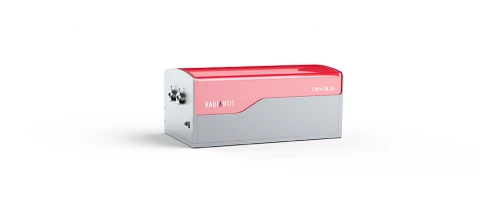Description
Oria Blue is an advanced harmonic generation system designed to enhance the capabilities of Ti:Sapphire lasers by converting their near-infrared emissions into the near-ultraviolet and visible spectrum. This innovative solution is ideal for researchers and professionals who require precise and efficient wavelength tuning for their scientific and technological applications. The system is specifically engineered to deliver exceptional beam quality, ensuring high conversion efficiency and minimal pulse broadening, which are critical for achieving optimal results in various experimental settings.
The Oria Blue utilizes state-of-the-art nonlinear optical technology, making it a reliable and user-friendly choice for those working with femtosecond and picosecond Ti:Sapphire oscillators. Available in both manual and automated hands-free versions, this compact unit is designed for straightforward installation and alignment-free operation, significantly simplifying the setup process. Its compatibility with standard MHz repetition rate oscillators further enhances its versatility, making it a valuable tool for a wide range of scientific endeavors.
One of the standout features of the Oria Blue is its ability to simultaneously generate two synchronized beams. These beams provide the converted output in the near-UV and visible spectrum (340-550 nm) while maintaining the unconverted fundamental in the IR spectrum (680-1100 nm). This dual-output capability is particularly beneficial for applications that demand both high precision and flexibility in wavelength selection. Whether used in nonlinear spectroscopy, quantum optics, or biophotonics, the Oria Blue offers a robust solution that meets the demanding needs of today's scientific community.
ORIA Blue - Femtosecond and Picosecond Second Harmonic Generation Unit
Specifications
| Pumped Power: | 2.8 W at 820 nm |
|---|---|
| Repetition Rate: | 80 MHz |
| Pulse Width: | 90 fs (690 - 1040 nm) |
| Pumped Power: | 3.3 W at 820 nm |
| Repetition Rate: | 80 MHz |
| Pulse Width: | 140 fs (680 - 1080 nm) |
| Tuning Range: | 345 - 520 nm |
| Tuning Range: | 340 - 550 nm |
| Average Power: | > 1.2 W at 410 nm |
| Pulse Width: | < 150 fs at 860 nm |
| Pulse Width: | < 180 fs at 860 nm |
| Spatial Mode: | TEM00 |
| Repetition Rate: | 80 MHz |
| Operation: | Manual and fully automated versions |
| Size (W X L X H): | 200 x 364 x 155 mm (7.9 x 14.3 x 6.1 inch) |
Features
- Highest Conversion Efficiency: Achieve maximum output with superior conversion rates for enhanced performance.
- Broad Wavelength Coverage: Utilize a single set of optics to cover a wide range of wavelengths, ensuring versatility and adaptability.
- Excellent Beam Quality: Experience exceptional beam quality for precise and reliable applications.
- Simultaneous IR and UV Outputs: Benefit from synchronized beams that deliver both converted near-UV/visible and unconverted IR outputs.
- Compatibility: Seamlessly integrate with standard femtosecond and picosecond Ti:Sapphire oscillators for efficient operation.
- Innovative and Reliable: The Oria Blue offers a user-friendly and dependable doubling unit, enhancing your laser system's capabilities.
- Reduced Pulse Broadening: Maintain pulse integrity with minimized broadening for precise results.
- Manual and Automated Versions: Choose between hands-free automated or manual operation to suit your specific needs.
- Compact Design: A space-saving unit with dimensions of 200 x 364 x 155 mm (7.9 x 14.3 x 6.1 inch) for easy integration.
- High Repetition Rate: Operates at an 80 MHz repetition rate, ideal for a variety of scientific and technological applications.
Applications
- Nonlinear Spectroscopy: Enables efficient frequency doubling for ultrafast spectroscopy experiments.
- Quantum Optics: Provides stable and high-quality UV beams for quantum experiments.
- Biophotonics: Facilitates advanced imaging and manipulation techniques in life sciences.
- Biochemistry: Supports fluorescence excitation and analysis in biochemical research.
Frequently Asked Questions
What is the ORIA Blue Femtosecond and Picosecond Second Harmonic Generation Unit?
What is the conversion efficiency of the ORIA Blue?
What are the key features of the ORIA Blue?
What are the applications of the ORIA Blue?
What are the dimensions of the ORIA Blue?
Similar Products
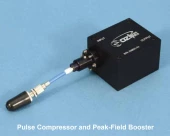
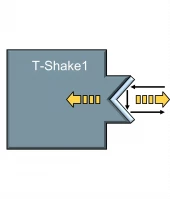

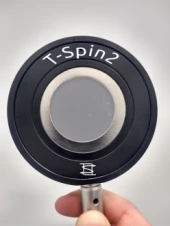
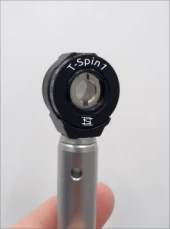

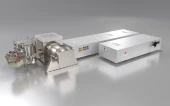
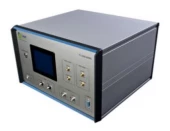
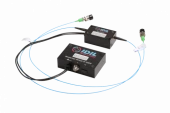
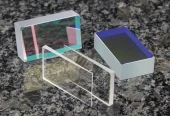
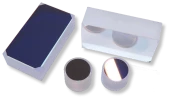
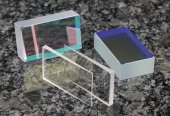
Your inquiry has been received.
Create an account by adding a password
Why create an account?
- Auto-complete inquiry forms
- View and manage all your past messages
- Save products to your favorites
- Close your account anytime — no hassle
